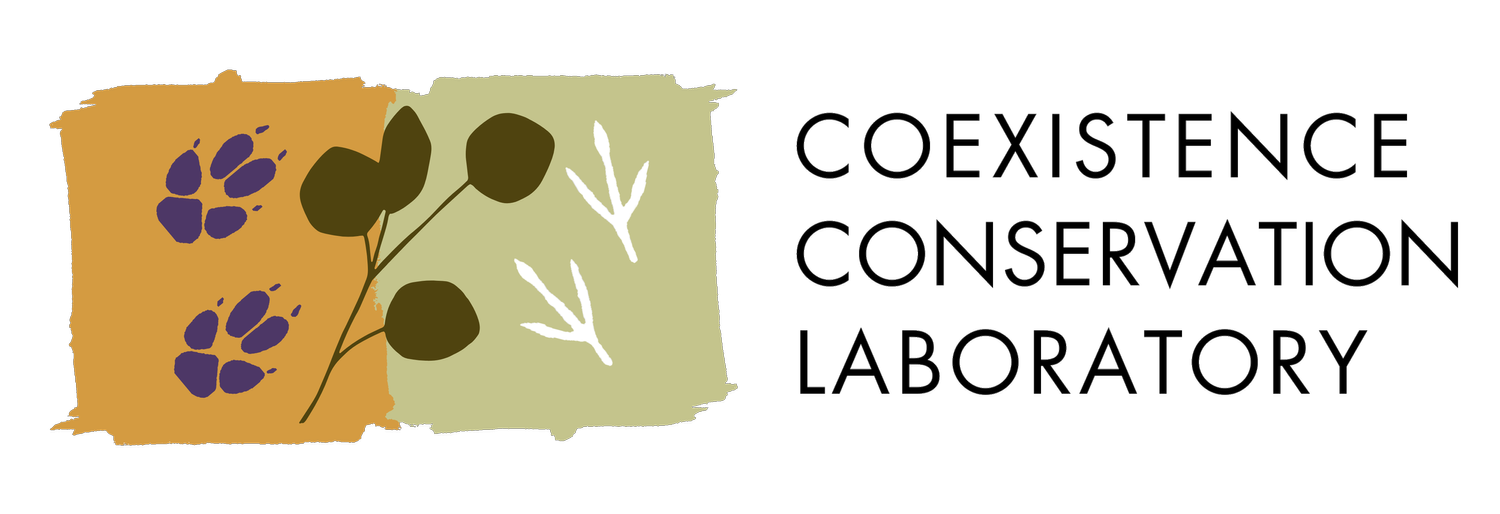
Coarse woody debris
Branching out and getting your hands dirty
Mulligans Flat has an agricultural past, during which the land was cleared for farming.
Clearing deadwood from an area means removing a significant source of nutrient cycling and storage, soil and moisture retention, and shelter for plants, reptiles, and invertebrates. This list represents a mere handful of the value added by woody debris to woodland ecosystems like Mulligans Flat and Goorooyarroo.
To restore this functionality, 2000 tonnes of coarse woody debris was added to the treatment sites as part of the Experiment.
Returning a site of past agricultural use to flourishing biodiversity can be served by the reintroduction of coarse woody debris to provide those ecological processes that countless other native species either directly or ultimately benefit from.
Experimental treatments and ecosystem recovery
The ability to monitor and evaluate the effects of various experimental treatments over the long term allows us to understand how – and whether – those treatments have real conservation value, and whether they can halt or reverse the decline of native species that are dependent on grassy woodland ecosystems.
Publications
Manning, A. D., Lindenmayer, D. B. , Cunningham, R. B., (2013) Bring forward the benefits of coarse woody debris in the ecosystem recovery under different levels of grazing and vegetation densities. Biological Conservation 157, 204-214
Goldin, S. R. and Hutchinson, M. F., (2013) Coarse woody debris modifies surface soils of degraded temperate eucalypt woodlands, Plant and Soil
Killey, P., McElhinny, C., Rayner, I., and Wood, J. (2010) Modelling fallen branch volumes in a temperate eucalypt woodland: implications for large senescent trees and benchmark loads of coarse woody debris, Austral Ecology
Manning, A. D., Lindenmayer, D. B. , Cunningham, R. B., (2007) A study of coarse woody debris volumes in two box-gum grassy woodland reserves in the Australian Capital Territory, Ecological Management and Restoration 8, 221-224



